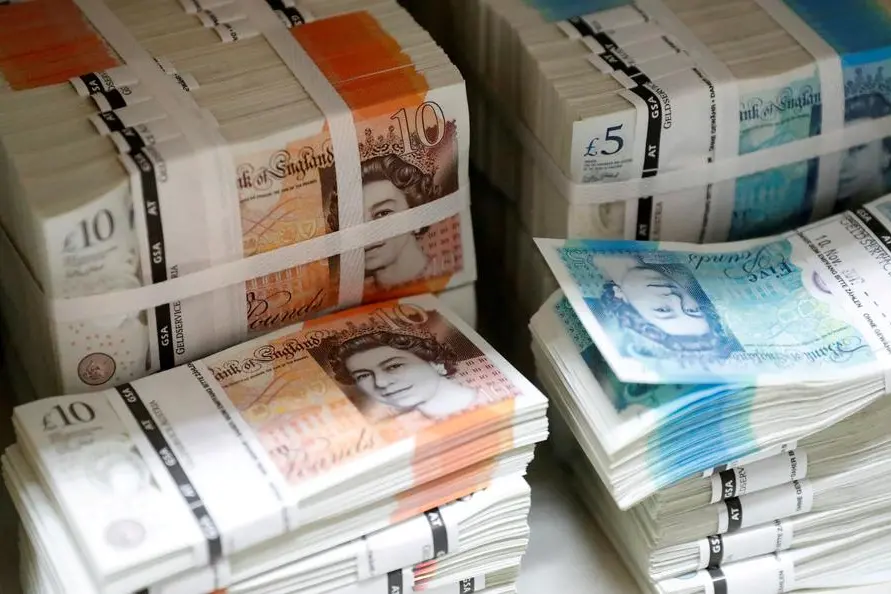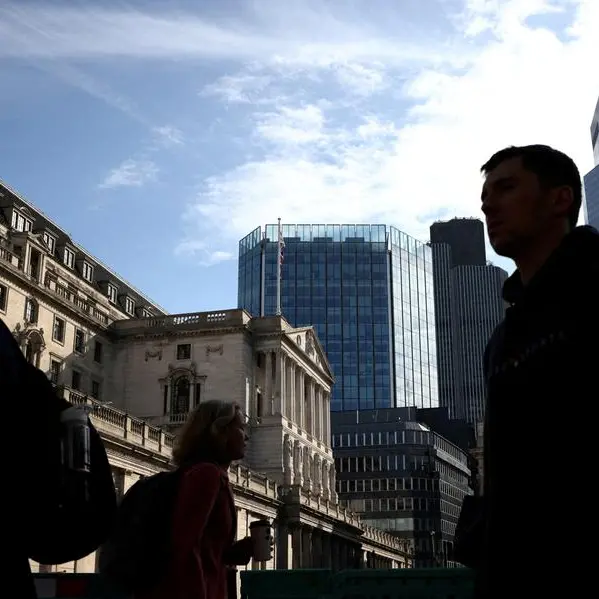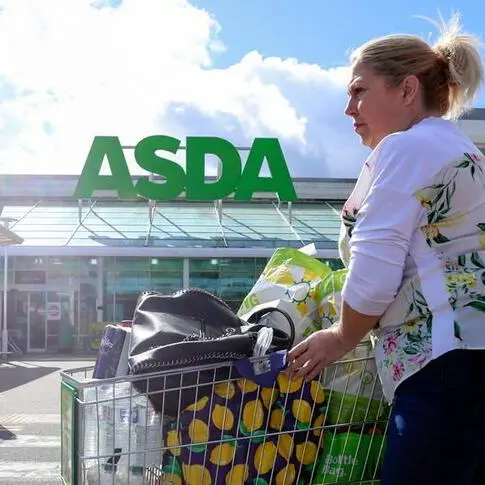PHOTO
The pound rose to its strongest against the euro in almost six months after British wage growth slowed by less than forecast in the three months to the end of 2023, prompting investors to scale back bets on spring rate cuts from the Bank of England.
Wages excluding bonuses grew by 6.2% in October-November compared with the same period a year earlier. That was down from 6.7% in the three months to November but exceeded a median forecast of 6.0% in a Reuters poll of economists.
The unemployment rate fell to 3.8%, below expectations of a decline to 4.0%.
"Although wage growth is moving in the right direction, there is evidently far more to go before policymakers will be comfortable cutting rates," said Kyle Chapman, FX market analyst at Ballinger and co.
"The continued persistence of price pressures within the labour market has sterling well bid this morning."
The pound was up 0.3% at 85.04 pence per euro , its strongest level against the single currency since Aug. 23.
Sterling was also up 0.3% against the dollar at $1.2668, its highest since Feb. 2.
Short-term interest rate traders were not fully pricing the first quarter-point rate cut from the Bank of England until June, with an almost 70% chance they cut rates at the April meeting.
Markets were also pricing just under 75 basis points of easing this year, or the equivalent of around three quarter-point rate cuts. In contrast, traders see 120 basis points of cuts from the European Central Bank and 110 from the Federal Reserve in 2024.
"Despite the slowdown in pay growth, today's wage data leans a little more hawkishly," said Deutsche Bank chief UK economist Sanjay Raja.
"It's now all up to the inflation data to see whether spring rate cuts could still be on the table."
The UK's Office for National Statistics releases January inflation figures on Wednesday, with headline consumer prices expected to increase to 4.2% from 4.0%. (Reporting by Samuel Indyk; Editing by Amanda Cooper and Ed Osmond)























